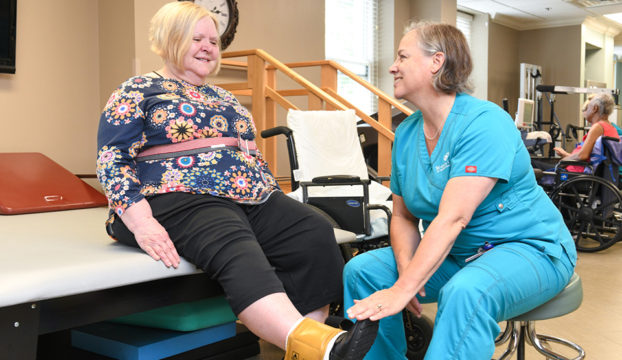Physical therapy after an operation typically starts with an evaluation by a certified physical therapist. This expert assesses the patient's status, including their scope of movement, power, and pain levels. Based on this assessment, a customized treatment plan is created. This plan may consist of workouts to enhance flexibility, strength training to rebuild muscle, and techniques to improve balance and stability. The therapist will lead the patient through these workouts, making sure they are executed safely and efficiently. This tailored approach helps patients advance at their own speed while meeting their specific requirements.
One of the main advantages of physical therapy is pain management. After surgery, many patients experience discomfort or pain, which can impede their ability to function and participate in daily activities. Physical therapists use various techniques, such as manual therapy, treatments like heat or ice, and targeted workouts, to help reduce pain. By controlling pain effectively, patients can participate more fully in their rehabilitation exercises, leading to faster recovery. Additionally, learning how to manage pain can empower patients to take an active role in their healing process.

Another important aspect of physical therapy is education. Patients are informed about their status, the healing process, and the importance of following to their recovery program. This knowledge helps patients understand what to expect during healing and the role they have in their own healing. Physical therapists also offer advice on how to modify daily activities to avoid further harm and encourage healing. This educational component fosters a sense of self-sufficiency and assurance, allowing patients to feel more empowered of their recovery journey.
In conclusion, rehabilitation is an integral component of recovery after surgery. It not only assists in bodily rehabilitation but also supports mental personal training for group fitness and psychological well-being. Through customized treatment plans, pain management methods, and informative support, rehabilitation enables patients to take charge of their healing. By proactively participating in their recovery, individuals can recover their strength, improve their movement, and enhance their overall quality of life. Accepting rehabilitation after surgery can result to a positive and fulfilling healing experience.